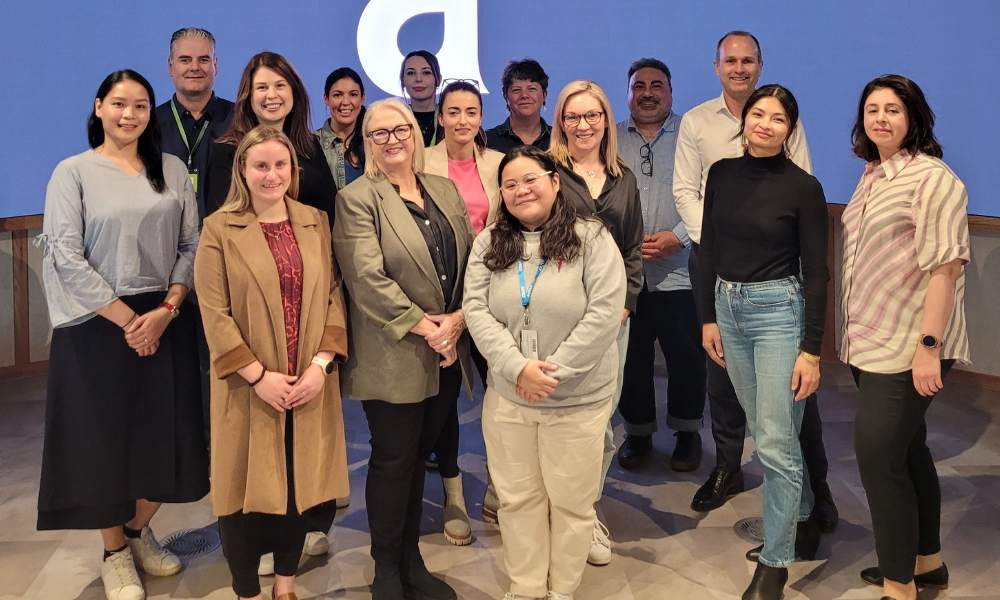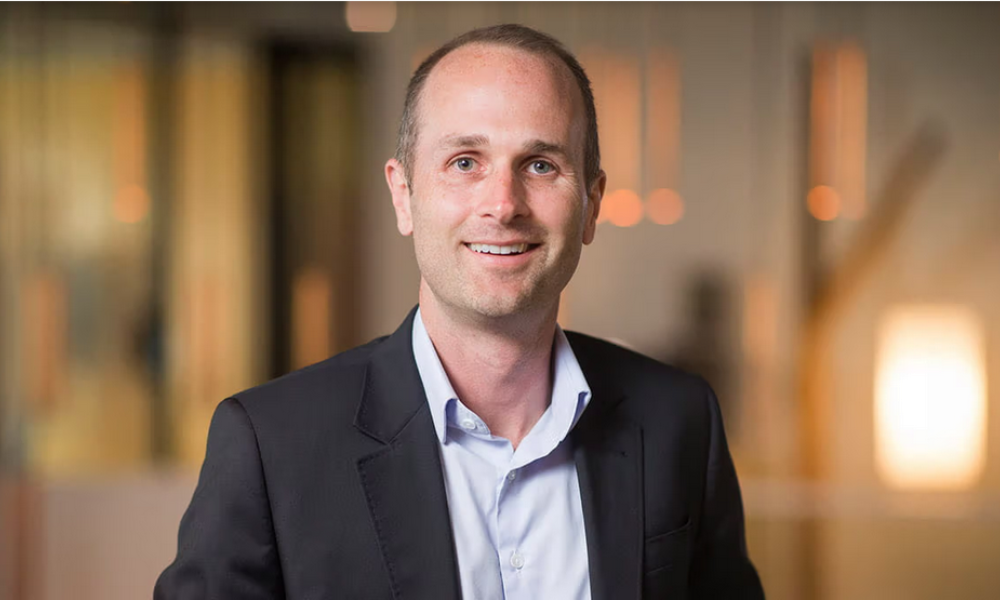
Aurecon's CPO sits down with HRD to chat about best practices for DEI, including leadership, measurement and AI

Nine in 10 Australian companies have embedded DEI pushes into their strategy, according to Randstad.
But is the dial moving quickly enough?
Liam Hayes, chief people officer at Aurecon, says that while his company is thriving in the DEI space, they’re not doing this for the praise.
“We’re not doing this for the recognition,” he tells HRD. “We're doing this because it's a business imperative for us. We’re a people business - for us to have a sustainable, flourishing future, we must have a diverse workforce and we must enable each of our people to thrive.
“If we achieve this, we know we'll see creative and inclusive solutions for our clients. For us, critically, the cultural change we're seeking and achieving at Aurecon only comes through a deep and consistent commitment across our three focus areas within DEI – leadership, processes and behaviours.
The first, Hayes tells HRD, revolves around how their leadership teams interact within their DEI initiatives and strategies. Secondly, around policies and processes, and Hayes highlights their flexible working initiatives and commitment to Domestic Violence Leave.
“In the third pillar of focus on behaviours, [it’s about] how we make sure we're bringing the policies and processes to life through training and education, storytelling, events and leadership role modelling” adds Hayes.
One of the most recent initiatives that they’ve delivered is the “Upstander” campaign which is underpinned by its new Respect @ Aurecon policy and procedure. This initiative included a 15-minute mandatory eLearning module, supported by a team leader conversation guide.
“This encouraged the embedding of the behaviours outlined in the eLearn by reinforcing the learning, making a team commitment and enabling more upstanding behaviours,” he said.
And while DEI pushes are all well and good, the proof of their success lies in the data. After all, if leaders aren’t measuring how well or poorly new programs are being received, there’s little point in rolling them out in the first place. At Aurecon, however, Hayes says they’re all set on this front.
“We have a number of different lenses that we apply when it comes to measuring the impact of our diversity and inclusion initiatives,” adds Hayes. “We have our quarterly employee feedback tool, which gives us our people’s perspective of how we’re performing against the measures we’ve set as an organisation”
“Sometimes there’s tension around the use of equity,” Hayes tells HRD. “This is something that we’re paying close attention to. Because if you want to see change in outcomes, there's got to be a change in process and in recognising the historical disadvantage for certain marginalised groups.”

A prime opportunity to enact this meaningful change came recently to Hayes and his team during an inclusivity seminar which didn’t go to plan.
“We made an attempt to attract the unusual suspects within our business to a listening conversation about the future of leadership and the inclusive traits that are and will be highly valued,” he explains. “Unfortunately, that session didn't land in the way we had hoped - in trying to attract one audience, we upset another. On reflection, the lesson for us was around the importance of greater transparency around the purpose of each activity.”
Looking to the future of DEI, Hayes believes the main disruptor will be the growing reliance on AI in the sector.
“I think the increasing use of AI and automation in recruitment and workplace decision making processes presents both opportunities and challenges,” Hayes adds. “I don't think anyone has the solution to this at the moment, but I think the way we're preparing is to ensure that when we do adopt these technologies, we do so in a way that promotes fairness and doesn't perpetuate existing biases”.
“It’s important that anyone using these technologies understands them and understands the decisions that they may be recommending or supporting. [It’s about being] clear that they're used in a positive, not a negative, way.”
The second point Hayes highlights is around data-driven diversity and inclusion. He tells HRD that the use of data and analytics to drive DEI initiatives will only grow, and that they’re already starting to use data more to measure the effectiveness of programs, identify areas needing improvement, and holding themselves accountable for their DEI goals.
Another focus has been improving gender balance and cultural diversity across STEM, he says.
“That's not something that's going to be solved immediately. A concerted effort can make a difference over time, by all key stakeholders, including the private sector, government, education sector and industry bodies - all working together to recruit, develop, promote and retain a more diverse workforce that improves representation across STEM professions and industries.”